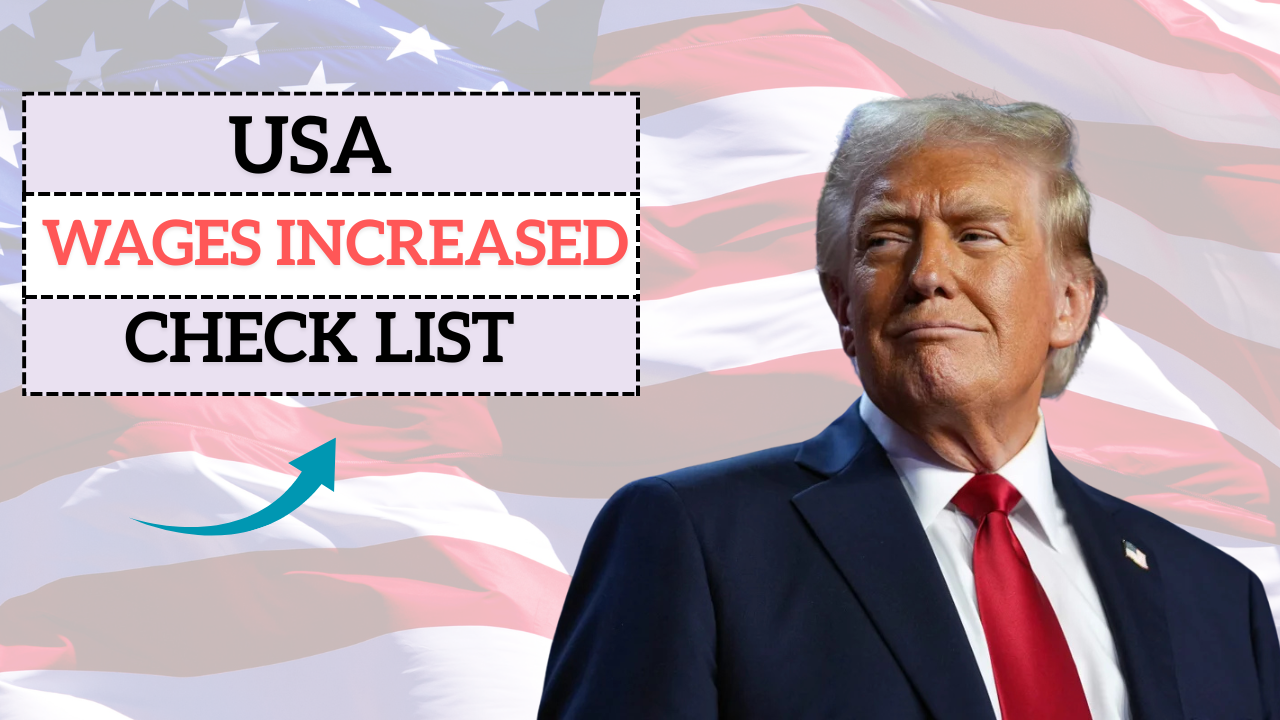As of 2025, the landscape of minimum wage policy in the United States continues to evolve, with numerous states implementing scheduled increases to support workers amid rising living costs and inflation. While the federal minimum wage remains unchanged at $7.25 per hour—a rate that has not been adjusted since 2009—many states have taken independent action to ensure fairer compensation through state legislation, inflation indexing, or local ordinances.

$19.97/hour? These U.S. Cities Are Paying More Than Ever Before!
This article provides a comprehensive overview of the minimum wage changes effective in 2025, categorized by state, and highlights broader trends and implications for workers and employers.
Drivers Behind the 2025 Minimum Wage Adjustments
The majority of minimum wage increases this year stem from one of the following mechanisms:
- Statutory Increases: Legislatively approved multi-year plans phasing in higher wages.
- Inflation Indexing: Adjustments based on the Consumer Price Index (CPI) or other economic indicators.
- Ballot Initiatives: Voter-approved mandates setting wage thresholds or future escalators.
- Municipal Ordinances: City-level wage floors that exceed state mandates.
These changes reflect an ongoing effort to align compensation with rising costs of living, particularly in high-expense regions.
State-by-State Minimum Wage Updates for 2025
States Reaching or Surpassing $15/hour in 2025
| State | Minimum Wage (2025) |
|---|---|
| California | $16.00/hour (higher in select cities) |
| Washington | $16.28/hour |
| New York | $16.00/hour (NYC, Westchester, Long Island); $15.00 elsewhere |
| Connecticut | $15.69/hour (adjusted for inflation) |
| Massachusetts | $15.00/hour (final phase completed) |
| New Jersey | $15.13/hour for large employers |
States Increasing Wages but Remaining Below $15/hour
| State | Minimum Wage (2025) |
|---|---|
| Arizona | $14.35/hour |
| Colorado | $14.42/hour |
| Oregon | $14.20/hour (higher in Portland Metro) |
| Illinois | $14.00/hour |
| Maine | $14.15/hour |
| Florida | $13.00/hour (part of gradual increase to $15 by 2026) |
| Nevada | $12.00/hour (with health benefits); $13.00 otherwise |
| Minnesota | $10.85/hour (large employers) |
| Montana | $10.30/hour (inflation-indexed) |
| South Dakota | $11.20/hour |
States Adhering to the Federal Minimum Wage ($7.25/hour)
In the following states, the federal minimum wage still applies, either due to lack of state legislation or because the state’s minimum matches the federal level:
- Alabama
- Georgia
- Louisiana
- Mississippi
- South Carolina
- Tennessee
- Texas
- Wyoming
In these jurisdictions, unless a city enforces its own higher wage, employers are only required to pay $7.25/hour.
Major Cities With Higher Local Minimum Wages in 2025
Several metropolitan areas continue to lead on wage policy by implementing minimum wages above both state and federal levels:
| City | Local Minimum Wage (2025) |
|---|---|
| Seattle, WA | $19.97/hour (for large employers) |
| San Francisco, CA | $18.67/hour |
| Denver, CO | $18.29/hour |
| Washington, D.C. | $17.50/hour |
These city-specific rates often reflect unique regional cost-of-living pressures and local political will.
Tipped Minimum Wage Updates
Some states continue to maintain a separate, lower minimum wage for tipped workers, provided that tips bring the total earnings to at least the applicable minimum wage:
- California: Does not allow a tipped wage differential; all employees must be paid the full minimum wage.
- New York: Applies industry-specific tipped wage rates with ongoing reductions.
- Texas, Georgia, and others: Follow the federal tipped minimum of $2.13/hour.
Tipped wage laws remain highly variable, and employers must carefully follow state and local guidance to ensure compliance.
Future Outlook and Legislative Developments
Several states are set to continue increasing their minimum wages through 2026 and beyond:
- Florida will reach $15/hour by 2026 as part of a voter-approved constitutional amendment.
- Illinois is progressing toward a $15/hour goal by 2026.
- Ohio and Michigan are considering ballot measures to significantly raise their minimum wage thresholds.
At the federal level, legislative efforts to increase the nationwide minimum wage have stalled, leaving responsibility largely to individual states and municipalities.
Conclusion
The minimum wage environment in the United States is becoming increasingly fragmented, reflecting local economic realities and divergent political approaches. While progress toward higher minimum standards continues in many states, workers in others remain subject to outdated federal benchmarks. Employers, particularly those operating across multiple states or cities, must remain vigilant and informed to ensure regulatory compliance.
As 2025 unfolds, it is clear that minimum wage policy will remain a central topic in both economic planning and political discourse—especially amid ongoing debates around income inequality, affordability, and labor rights.
